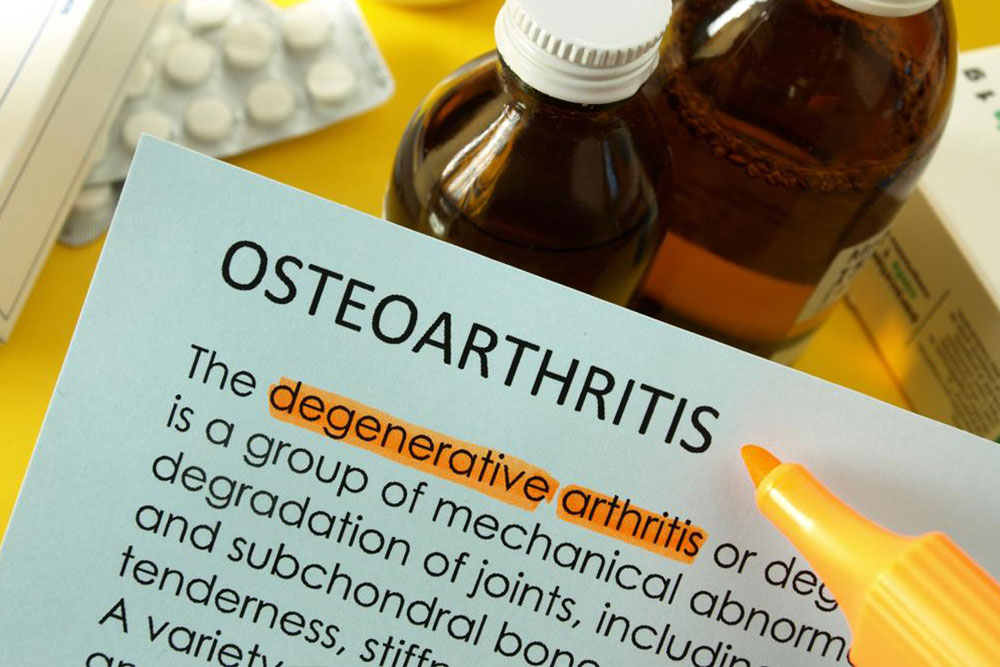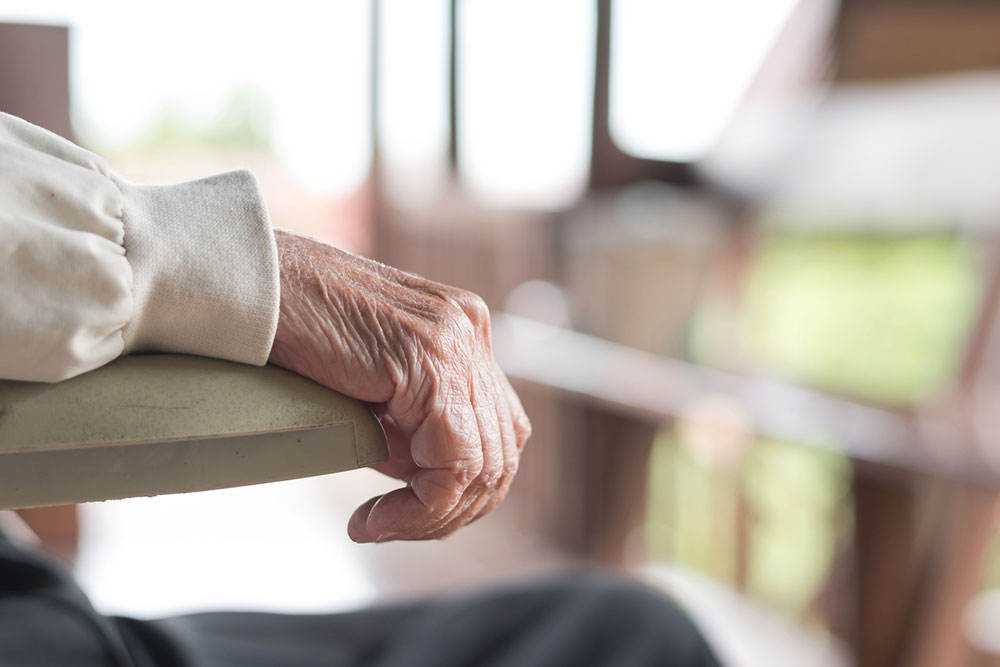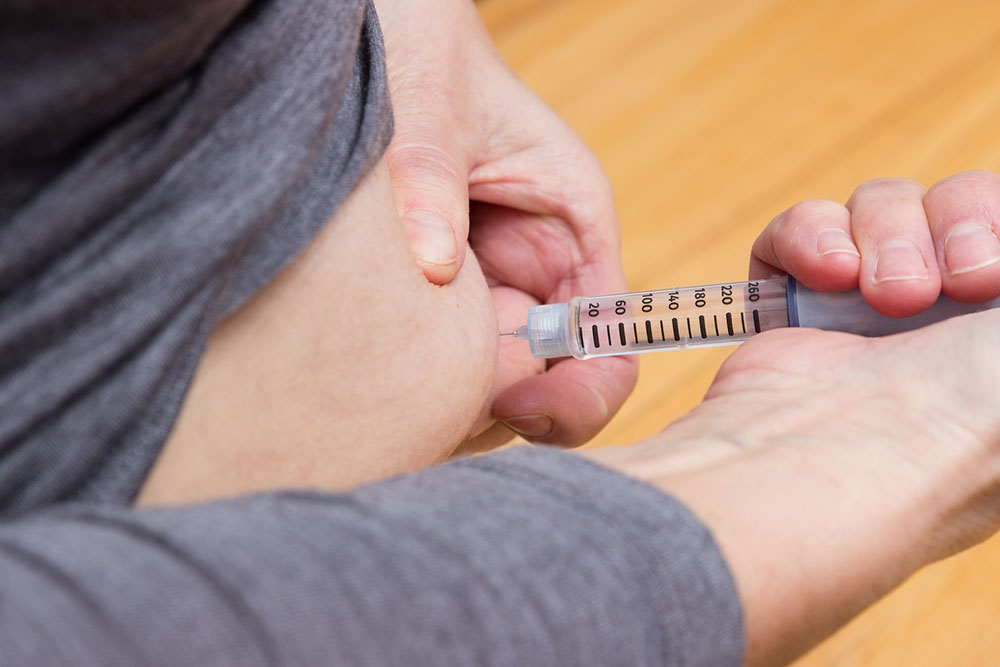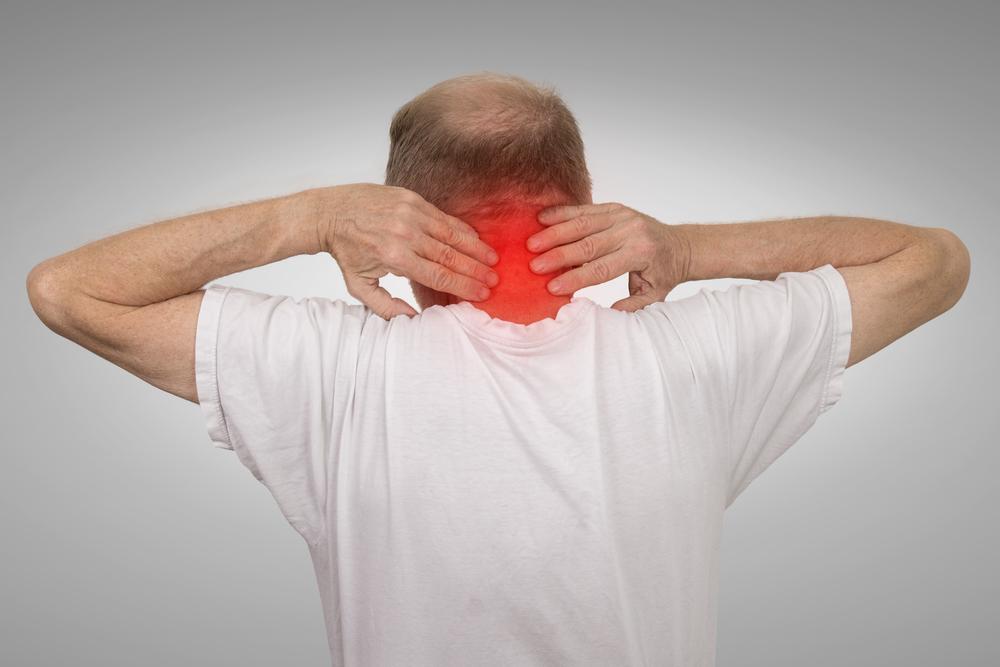Comprehensive Insight into Parkinson’s Disease: Causes, Symptoms, and Treatments
This article provides a detailed overview of Parkinson’s disease, including its causes, symptoms, and current treatment options. It explores advanced therapies like deep brain stimulation and highlights the importance of physical therapy and medication adjustments. Stress management techniques are also discussed to improve patient quality of life. Readers will gain comprehensive knowledge about managing Parkinson’s effectively to enhance daily functioning and wellbeing.

Understanding Parkinson’s Disease
Understanding Parkinson’s Disease
Parkinson’s disease (PD) is a progressive neurological disorder primarily impacting dopamine-producing neurons in the substantia nigra, a brain region responsible for movement regulation. The symptoms develop gradually and can vary from person to person. Key signs include gait and balance difficulties, tremors, slowed movements (bradykinesia), and muscle stiffness. The exact cause remains unknown, and currently, there is no cure. Treatment focuses on managing symptoms to enhance quality of life through medication, surgical procedures, and therapy.
Treatments aim to alleviate symptoms like dyskinesia, featuring involuntary movements that can affect isolated parts or the entire body.
Here’s an overview of how treatments assist in managing Parkinson’s disease:
Impact of Deep Brain Stimulation (DBS)
DBS is often recommended for patients unresponsive to levodopa medication, involving implantation of electrodes in the brain linked to a device in the chest.
Electrical impulses from the device help reduce symptoms and medication side effects.
However, DBS carries risks like infection, stroke, or brain bleeding, and requires careful adjustment to the patient’s needs.
Role of Physical Therapy in Management
Physical therapy enhances movement, muscle strength, and flexibility.
While it doesn’t halt disease progression, it helps patients adapt, easing stiffness and joint pain.
Exercises can improve balance and gait, reducing fall risk.
Activities like cardiovascular workouts and resistance training significantly lessen symptoms.
Adjusting Levodopa to Manage Dyskinesia
Levodopa boosts brain dopamine, alleviating stiffness and tremors, but fluctuating levels can cause involuntary movements.
Lowering dosage or switching to extended-release formulations helps stabilize dopamine levels.
Doctors may modify medication regimens or incorporate additional drugs for better control.
Stress Management and Its Effects
Stress can exacerbate dyskinesia and other symptoms.
Practicing relaxation techniques such as deep breathing, yoga, or listening to calming music helps manage stress.
Combining stress reduction with medication and lifestyle adjustments improves overall well-being.
Important Disclaimer:
Our blog offers valuable insights across various health topics, based on thorough research. However, this information should not replace professional medical advice. Readers are encouraged to consult healthcare providers for personalized treatment plans. We do not guarantee the accuracy or completeness of third-party information or offers presented on the site.










